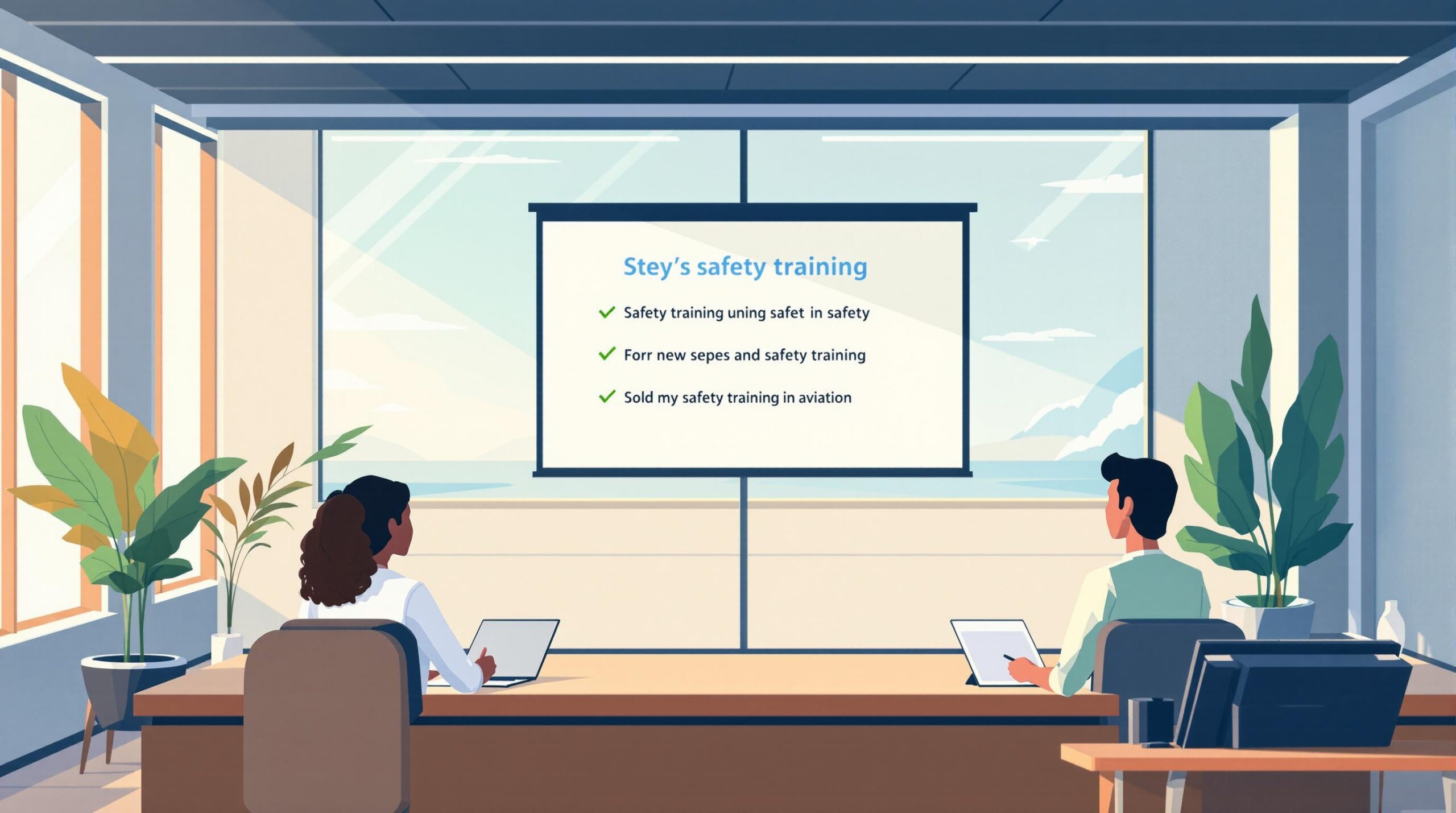Military and civilian aviation networking differ in structure, style, and goals. Military pilots transitioning to civilian careers face challenges in adapting to less formal, broader networking methods. Here’s what you need to know:
- Military Networking: Structured, hierarchical, and unit-focused with formal mentorship programs and limited external links.
- Civilian Networking: Flexible, relationship-driven, and industry-wide, requiring proactive engagement through events, platforms like LinkedIn, and professional associations.
Quick Comparison
| Aspect | Military Networking | Civilian Networking |
|---|---|---|
| Structure | Organized, clear hierarchy | Informal, spans various levels |
| Communication | Formal protocols | Casual, personal connections |
| Scope | Unit-focused, fewer external links | Broad, diverse industries |
| Career Growth | Predictable, set timelines | Based on performance, connections |
| Mentorship | Structured programs | Informal relationships |
Military pilots can leverage their existing networks, join industry events, and use tools like Pilot Pathfinder to navigate the transition successfully. Networking is key to thriving in civilian aviation.
Related video from YouTube
Networking in Military Aviation
Military aviation networking operates within a structured system that outlines clear paths for building careers and professional relationships. This organized approach offers distinct advantages compared to civilian networking methods.
Support Networks in the Military
In military aviation, squadrons naturally form tight-knit networking groups where pilots build strong professional connections. These groups promote teamwork, mentorship, and skill-building through daily missions, training sessions, and social activities.
- Formal Mentorship Programs: Unlike the informal mentoring often seen in civilian aviation, the military uses structured mentorship programs with set guidelines and evaluation standards. Junior pilots are paired with experienced officers to develop technical skills, leadership abilities, and advance their careers.
- Squadron Camaraderie: Frequent collaboration in mission planning, training exercises, and social events strengthens bonds within squadrons. This environment encourages knowledge sharing and provides career guidance in a seamless, day-to-day manner.
These structured systems not only support career growth within the military but also lay the groundwork for transitioning to civilian aviation roles.
Using Military Networks for Civilian Transitions
When transitioning to civilian aviation, military pilots can tap into their established networks strategically. Connections with former squadron members, military alumni groups, veterans’ organizations, and professional associations can provide job opportunities, mentorship, and assistance with civilian certifications.
With about one-third of military pilots moving into civilian flying careers [2], these networks become especially valuable. Staying in touch with former service members who’ve successfully made the switch can offer essential guidance and support, making the transition smoother and more effective.
Networking in Civilian Aviation
Networking in civilian aviation operates quite differently from the military world. It offers more freedom and entrepreneurial potential, but it also requires pilots to take a more active role in building connections.
Building Networks in Civilian Aviation
In civilian aviation, networking is all about being proactive and utilizing multiple channels. For example, the Air Line Pilots Association (ALPA) is a key organization that supports professional growth and networking opportunities for civilian pilots. Events like the NBAA Business Aviation Convention & Exhibition are excellent for meeting industry professionals face-to-face and staying updated on the latest trends.
Online platforms like LinkedIn also play a big role. They make it easy for pilots to connect with others in the industry, join aviation-focused groups, and keep an eye on job openings.
Career Growth Opportunities in Civilian Aviation
Civilian aviation offers a variety of career paths, many of which go beyond just piloting aircraft. Unlike the structured environment of the military, this sector allows pilots to explore different specializations based on market needs and personal interests.
| Career Path | Key Benefits | Networking Focus |
|---|---|---|
| Commercial Airlines | Clear career progression, high pay | Industry events, airline groups |
| Private Aviation | Flexible schedules, diverse clients | Executive networks, charter contacts |
| Aviation Consulting | Entrepreneurial roles, skill-based | Expertise networks, business development |
The ICAO highlights examples of civil-military collaboration, such as the UK’s joint air traffic control service, as a way to integrate experiences from both sectors [1]. Pilots with backgrounds in both military and civilian aviation can use this unique perspective to build connections across the two fields.
Key signs of successful networking include:
- Building strong professional relationships
- Finding mentors who can guide career decisions
- Securing interview opportunities
- Advancing in chosen career paths
For military pilots transitioning to civilian aviation, understanding how to navigate these networks is essential to thriving in this more flexible and varied environment.
sbb-itb-de05b1b
Transitioning from Military to Civilian Aviation
Shifting Networking Styles
Military pilots moving into civilian aviation need to shift from the structured networking of the military to the more dynamic networking style in civilian settings. This change means taking a more active role in building professional connections.
Comparison of Networking Approaches:
| Military Style | Civilian Style | Tips for Transition |
|---|---|---|
| Rigid chains of command | Open and flexible relationships | Use platforms like LinkedIn to connect across various levels |
| Formal communication protocols | Casual networking opportunities | Join online communities and industry groups |
| Unit-focused networking | Broader industry connections | Attend industry events and join professional associations |
| Task-oriented interactions | Business-focused relationships | Prioritize relationship-building and clear business communication |
In addition to networking, understanding FAA regulations and converting military flight hours to meet civilian standards is a key part of this transition. Using modern tools and online platforms can make this process smoother.
Pilot Pathfinder: A Resource for Military Pilots

Tools like Pilot Pathfinder combine technology with traditional networking to help military pilots transition successfully. This platform simplifies the process by offering resources tailored to military-to-civilian aviation shifts.
Key Features:
- Converts military flight hours into civilian equivalents
- Automates airline applications with secure logbook management
- Provides interview preparation resources specific to civilian aviation
Comparing Military and Civilian Networking
Military vs. Civilian Networking: Comparison Table
Understanding the key differences between military and civilian networking is crucial for pilots navigating career transitions. Here’s a breakdown of how these two approaches differ:
| Aspect | Military Networking | Civilian Networking |
|---|---|---|
| Structure | Organized with clear chains of command | Informal and spans various organizational levels |
| Communication Style | Formal and follows strict protocols | Casual, focusing on personal connections |
| Network Scope | Primarily within the unit, with fewer external links | Broad, covering diverse industries and professionals |
| Career Advancement | Predictable with set timelines | Dependent on performance and personal connections |
| Professional Development | Guided through standardized programs | Self-driven, often involving industry groups |
| Security Considerations | Limited sharing due to strict protocols | Open exchange of ideas and industry knowledge |
| Operational Environment | Constrained by military rules and guidelines | Governed by FAA standards and industry practices |
These differences highlight the adjustments military pilots need to make when moving into civilian aviation.
Key Points for Pilots
Transitioning from military to civilian networking involves understanding the unique dynamics of each environment. The International Federation of Air Traffic Controllers’ Associations points out:
"the safe and efficient joint use of airspace by civil and military operations rests on understanding and trust" [1].
Military pilots should focus on building relationships within the aviation industry, familiarizing themselves with FAA regulations, and engaging with professional organizations. Civilian networking is less about formal structures and more about fostering connections and trust.
Collaborative efforts between civil and military operations [1] further emphasize the importance of understanding both worlds. By combining this knowledge with effective relationship-building, pilots can establish a solid foundation for success in civilian aviation.
Networking for Career Success
Military service instills discipline and leadership – qualities that can be a strong asset in civilian aviation careers. Transitioning to this field, however, often requires a shift in mindset, especially when it comes to networking. Building personal and professional relationships becomes key, contrasting with the structured nature of military operations.
Tools like Pilot Pathfinder can ease this transition by automating applications, translating military logbooks, and helping pilots prepare for interviews. Alongside these tools, actively participating in aviation associations and attending industry events can open doors to opportunities and foster long-term career development.
Bridging the gap between military and civilian aviation emphasizes the need to understand both environments. Networking, in this context, isn’t just helpful during the transition – it’s a critical element for thriving in the ever-changing civilian aviation industry.




